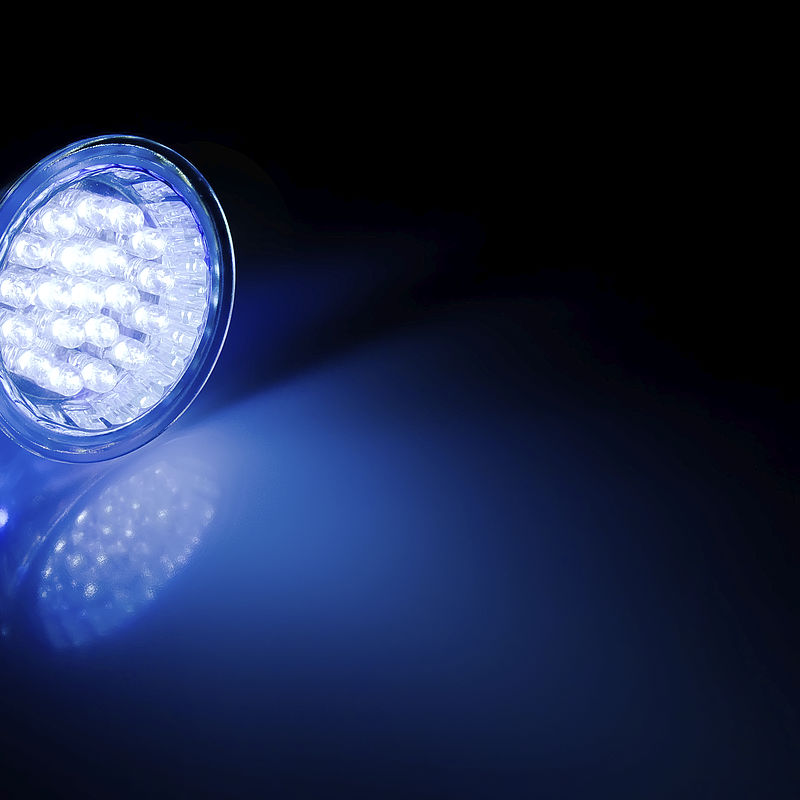Seeing the light
Challenge
The European Commission has identified optics as a ‘key enabling technology’ essential for supporting a wide range of advanced research and cutting-edge technical industries. ICT and healthcare applications are amongst those requiring more sensitive light measurements as existing approaches reach their physical limits. Photodiodes convert incoming light into an electrical signal which can be easily measured and are critical for many applications, from adjusting display screen brightness as lighting levels change, to X-ray imaging for security and healthcare, to satellite earth observation measurements supporting climate studies.
Photodiodes are also used in research where accurately assessing light intensity is important, including experimental setups for realising the candela, the SI unit of luminous intensity. Further advances in these methods are needed to improve its transfer to users needing highly accurate calibrations for optical instruments.
Silicon photodiodes, commonly used in research and industry, are reaching their efficiency limits, so new design approaches are being explored to improve sensitivity to small changes in light intensity. Currently only 60-80 % of light is captured by the diode and converted into a useful signal, the rest is lost as reflections from its surface. For Europe to continue to be a leading player in this area of optics, it must investigate and develop new photodiode technologies to remain competitive
Solution
The EMRP project New primary standards and traceability for radiometry brought together experts from the photodetector and solar cell fields to develop a new ‘black silicon photodiode’ which captures, and utilises, almost all incoming light.
Created using a novel three-dimensional treatment and surface passivation technology the new photodiode not only has a low reflectivity but absorbs 96 % - 99 % of light arriving at the surface, even at angles up to 70o , converting this into electrical current. This high efficiency and sensitivity covers wavelengths of light ranging from well below 200 nm up to 1100 nm, making it a viable candidate for constructing a Predictable Quantum Efficiency Detector needed for improving experimental set-ups for realising the candela. A patent has since been granted for the black silicon photodiode, which is considered a breakthrough in light detection.
Impact
ElFys, founded as a spinout company from Aalto University in Finland and run by researchers from the project, has been commercialising the black silicon photodiode since 2017. The company’s ability to tailor the photodiode to individual requirements has seen sales to customers in a wide range of different fields such as scientific instrument manufacturers, providers of safety and security scanning at airports, producers of wearable health devices and the European Space Agency.
Due to the demonstratable superiority of the technology over competing products, with one customer reporting up to a 50% relative improvement on the detectors that they currently use, ElFys has doubled in size every year since its inception in 2017. It has now drawn backing from the ‘deep tech’ investor Voima Ventures which will allow the company to make the investments it needs to expand this innovative technology further in the future.
The black silicon photodiode is set to have significant commercial potential in a wide range of cutting-edge industries and research applications and will play a key role in ensuring Europe remains a leading global player in optical technologies and support the many industries that rely on them.
- Category
- EMPIR,
- SI Broader Scope / Integrated European Metrology,
